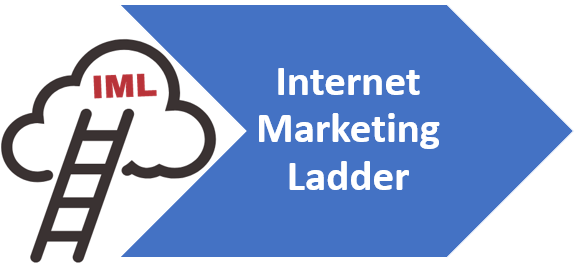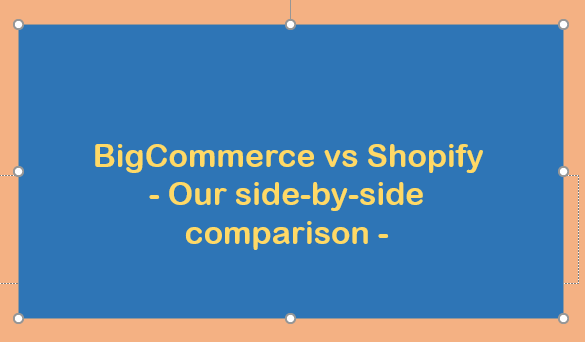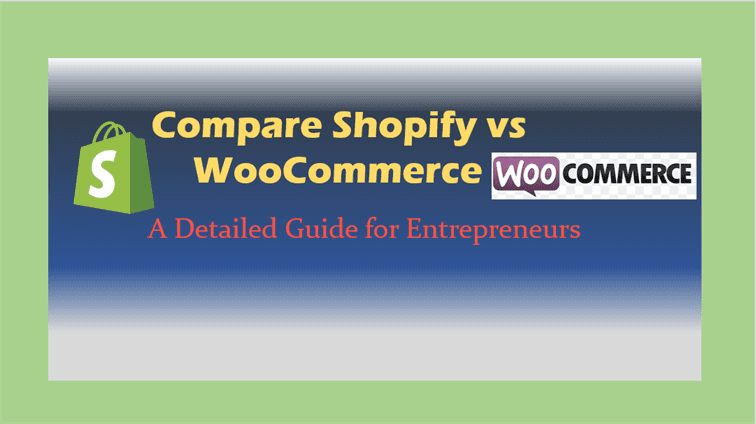Mastering Shopify System Requirements
Shopify System Requirements
With the e-commerce industry booming, platforms like Shopify have scaled up to become crucial players in facilitating online businesses worldwide. The prowess and ubiquity of Shopify are indicative of the platform’s expansive offerings that have been molded to cater to a broad array of business needs. For anyone looking to tap into the online market or optimize their existing operations, understanding Shopify’s core platform, its technical system requirements, and its compatibility and integration systems is indispensable. This investigation delves deep into the intricate mechanics of Shopify and unravels the technicalities that power this global e-commerce conglomerate.
Understanding Shopify Platform
Unpacking Shopify: A Convenient Hardware Interface for the Future
Just when we thought e-commerce couldn’t get any more efficient, Shopify stepped up and changed the game. Rising as a titan within the tech industry, this intuitive platform readily embraces innovation, shaping the way we approach online commerce.
The Basics: Breaking Down Shopify
At its core, Shopify is a Software as a Service (SaaS) platform designed to simplify the process of starting and running an online store. It’s an all-in-one solution, catering to a myriad of online selling needs, from inventory management to payment processing, and providing a space to build a visually stunning website to host your products on.
The platform offers a plethora of inbuilt features such as unlimited products, e-commerce website and blog module, mobile commerce capabilities, and much more. It also provides access to advanced analytics tools, facilitating a tighter grip on your online store’s performance. With user-friendly functionality, Shopify draws an appealing picture for both tech aficionados and e-commerce beginners.
Shopify’s Importance in the E-commerce Ecosystem
Shopify’s importance pivots around its capacity to eliminate the challenges traditionally associated with setting up an online store. Its comprehensive service model minimizes the need for technical expertise, giving even the most tech-averse business owners the tools to create a successful online shop.
In addition, the platform’s scalability ensures business growth isn’t hindered by platform limitations. As an online business expands, Shopify scales with it, providing additional tools and services. This flexibility is crucial to facilitating e-commerce success in a rapidly evolving digital landscape.
Moreover, Shopify’s extensive app ecosystem furthers its importance within the realm of e-commerce. With thousands of add-ons available, businesses can customize their store by integrating tools and features that cater specifically to their operation. From marketing automation to SEO, these apps deliver solutions on a silver plato, making life easier for entrepreneurs across the globe.
One significant feature often undersold is Shopify’s capacity for mobile optimization. In an age where m-commerce is dominating, Shopify stores easily adapt to mobile interfaces, ensuring seamless shopping experiences across all devices. This greatly contributes to higher user engagement and conversion rates, underlining Shopify’s importance in the future-proofing of e-commerce.
In the final analysis, Shopify’s ability to streamline the creation and management of an online store is pushing the envelope in e-commerce technology. Making online retail easier, more efficient and scalable, it is rightly earning its place at the forefront of e-commerce innovation. For anyone with an itch to transact online, Shopify is an ideal platform to scratch that itch effectively.

Shopify’s Technical System Requirements
Diving into the specifics, the technical requirements for running a Shopify e-commerce store are surprisingly accessible, making it a noteworthy player in the democratization of online retail. Here are the primary aspects that should not be overlooked:
Firstly, the Internet connection. Shopify is cloud-based, which implies that it operates entirely over the Internet. Thus, ensuring a steady, high-speed Internet connection is of utmost importance. While there’s no official required speed, a broadband connection is highly recommended.
When it comes to web browsers, Shopify supports the latest versions of many popular web browsers such as Google Chrome, Safari, Firefox, and Internet Explorer/Edge. To leverage Shopify’s offerings to the maximum, it’s crucial to keep your web browser up to date, as older versions might lack necessary features and security updates.
In the context of hardware requirements, Shopify stands out with its high adaptability. All that’s needed is a computer or a smartphone with an Internet connection – Shopify doesn’t demand a powerful processing unit or a hefty amount of RAM because most of the computations occur on Shopify’s servers. This makes it an excellent solution for a wide range of entrepreneurs, regardless of their hardware capability.
The operating system shouldn’t be a constraint either. As Shopify operates online, it is compatible with any operating system including Windows, MacOS, iOS, Android, and Linux as long as a modern, updated web browser is utilized for access.
Regarding Shopify’s POS (Point Of Sale) system, iPads with iOS 12.2 or above or Android devices with version 5.0 or above are required to run it. Do remember, Shopify’s POS is optimized for iPad usage, hence for a smoother operation, that’s what we would recommend.
Additionally, if an entrepreneur decides to sell in-person using the POS Pro system, dedicated hardware, such as a cash drawer, a receipt printer, or a barcode scanner are essential. Shopify also provides a range of proprietary hardware, known as Shopify’s Retail Kits, for enhanced compatibility and potential integration simplicity.
Last but not least, while not technically a requirement, basic knowledge of programming languages like HTML, CSS, and Liquid, can prove advantageous for customized themes. Although Shopify’s rich theme store and in-built editors mitigate the need for coding to a great extent.
In conclusion, the barrier to entry for starting a Shopify-based business is remarkably low. This, combined with the vast scale of its features and capabilities, makes Shopify an attractive solution for those seeking to expand into e-commerce. With minimal hardware requirements and broad browser compatibility, Shopify can catalyze one’s journey from small start-ups to burgeoning e-commerce giants.

Shopify Compatibility and Integration
Delving directly into the topic of integrating Shopify with other business systems, Shopify’s compatibility with an extensive range of external systems drives its immense value for e-commerce businesses. By enabling vast integration possibilities, Shopify transcends boundaries, demystifying business growth and propelling e-commerce businesses to new heights.
In the heart of Shopify’s integration capabilities lies its robust Application Programming Interface (API). The API connects different applications, enabling them to interact seamlessly, and allowing data to flow smoothly from one system to another. It allows Shopify to partner with any external system – be it customer relationship management (CRM), enterprise resource planning (ERP), inventory management, email marketing, or payment gateways.
Shopify’s API offers excellent integration with leading CRM systems such as Salesforce, HubSpot, and MS Dynamics. These integrations make it possible for businesses to create a centralized place for all customer interactions and data, ultimately enhancing the customer experience.
For those managing large inventories across different platforms, Shopify synchronizes perfectly with top inventory management systems like QuickBooks, Xero, and Microsoft Excel. It equips organizations with the ability to track product quantities accurately, avoid stock-outs, and streamline fulfillment procedures.
Shopify also harmonizes with significant email marketing tools, including Mailchimp and Klaviyo. By integrating these tools, businesses can better target their audiences, driving user engagement and enhancing return on investment for their advertising campaigns.
The Shopify API powers interactions with numerous payment gateways, such as PayPal, Stripe, and ApplePay. These integrations allow a wide range of payment methods for customers, which in turn, can boost conversion rates.
Utilizing Shopify’s integration capacity involves mapping out your business operations, identifying necessary external systems for effective function, choosing the correct tools for integration from Shopify’s App or Plugin Store, and implementing them effectively.
Essential factors to consider when integrating systems with Shopify are data synchronization, system compatibility, potential for automation, and system security. Select integrations that heighten efficiency, guarantee customer data safety, and empower your business to reach its full potential.
In conclusion, Shopify’s integration capabilities, backed by its robust API, provide e-commerce businesses with the agility to operate and scale seamlessly. Shopify accelerates business growth, exemplifying the epitome of flexible, adaptable, and dynamic e-commerce platforms that fit the ever-evolving business landscape. Harness the power of technology with Shopify to transform your e-commerce journey.

In today’s digital age, demanding consumer expectations and cut-throat competition call for a robust and versatile e-commerce platform. That’s where Shopify shines. Its exquisite functionalities, seamless integrations, and compatibility with various systems make it a preferred choice for many online businesses. The streamline operations powered by Shopify’s proficient technical system requirements, unsurprisingly, contribute to its global popularity. Getting to grips with these requirements, along with understanding the platform’s compatibility and integration setups, can significantly aid in exploiting the full potential of Shopify, thereby contributing to the optimal performance and growth of an online business.







